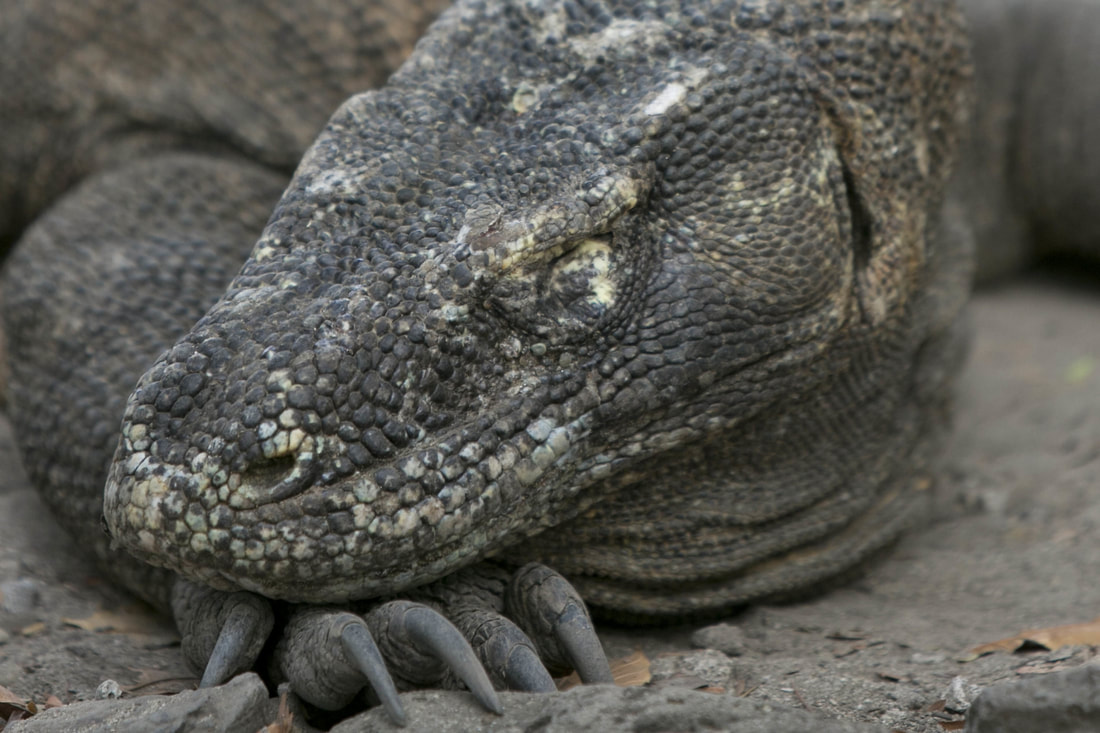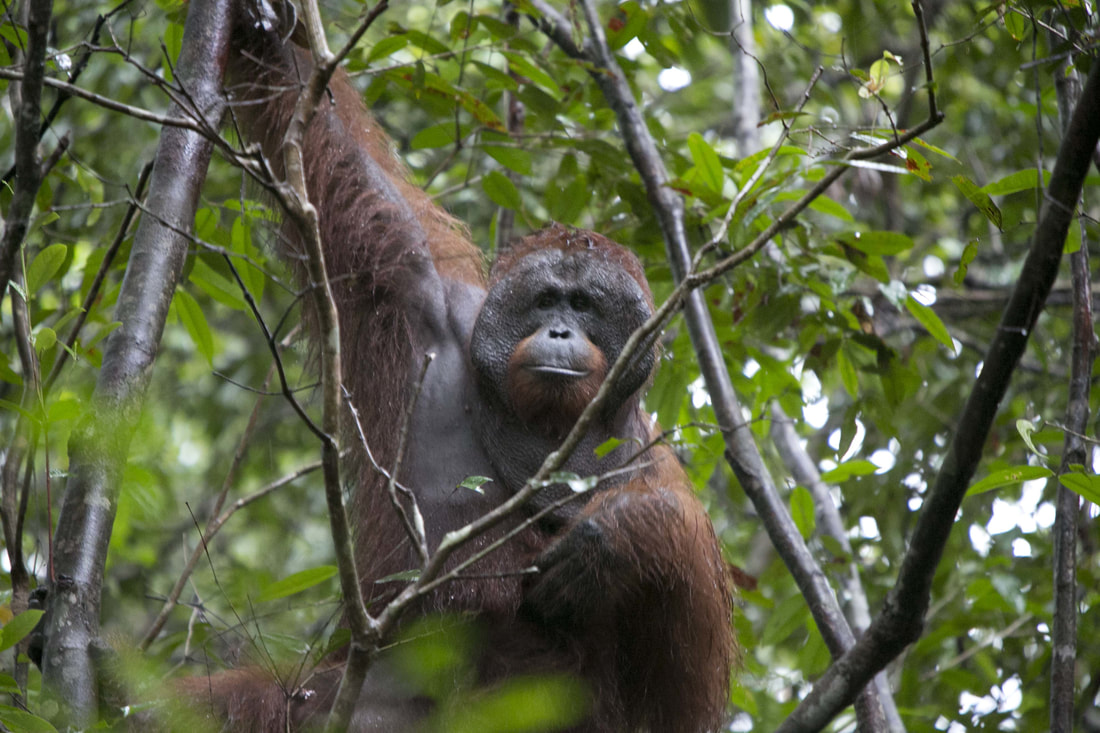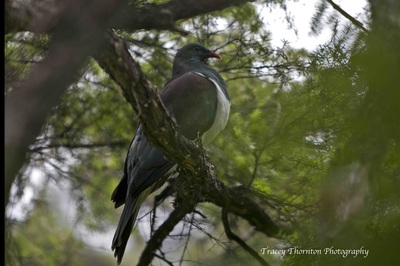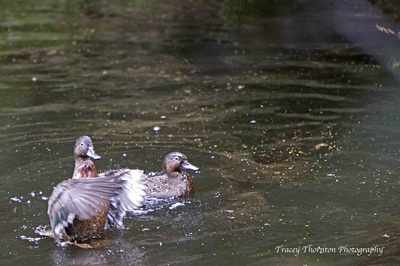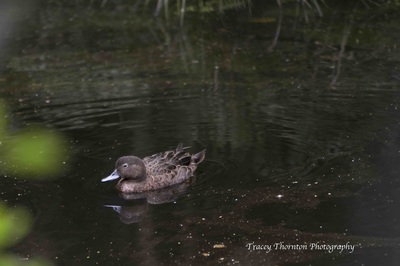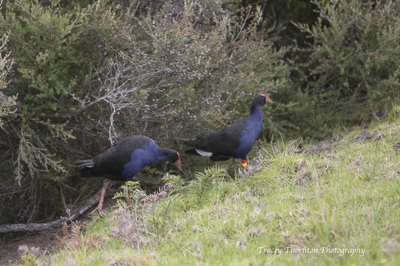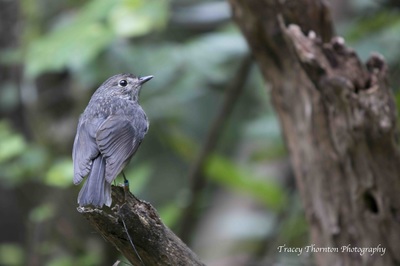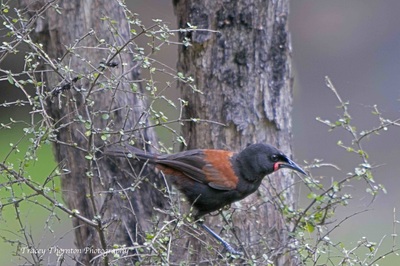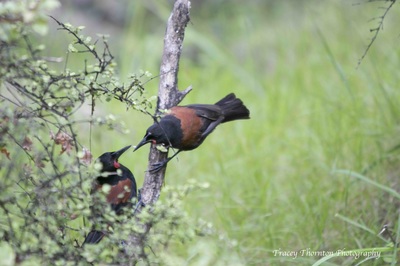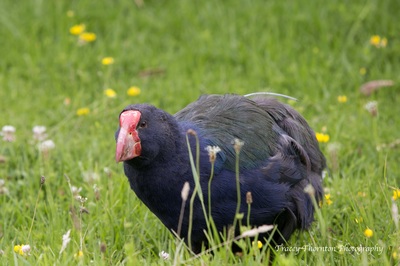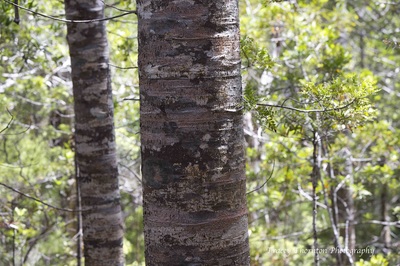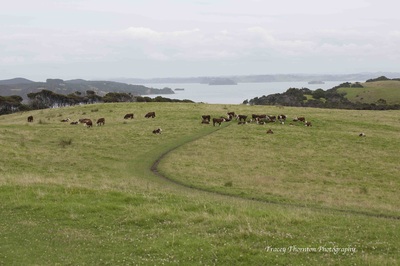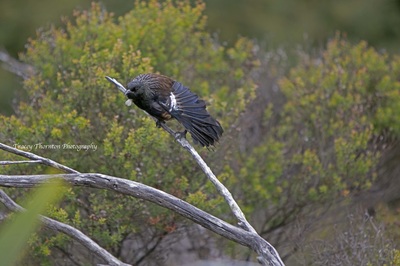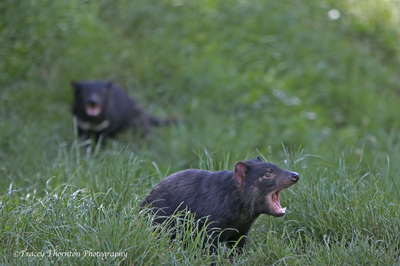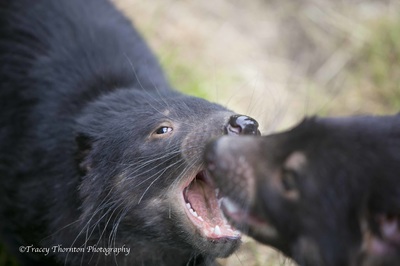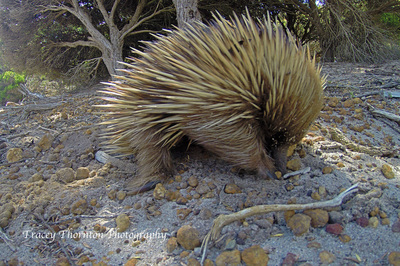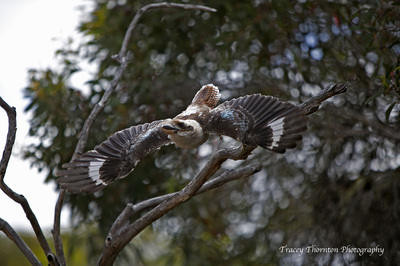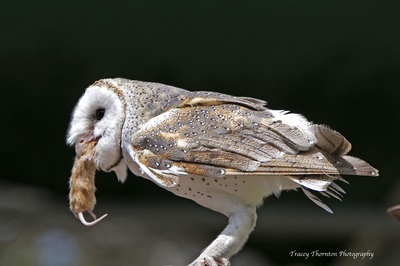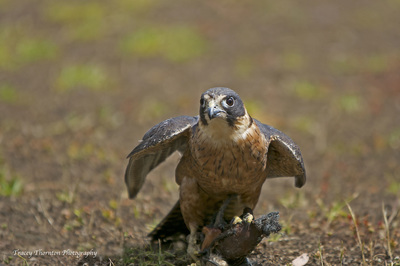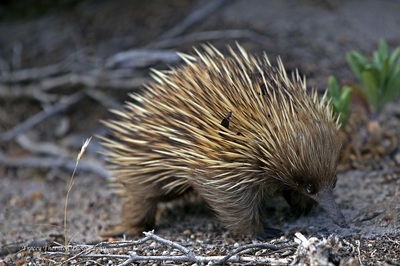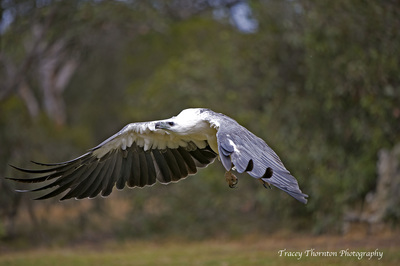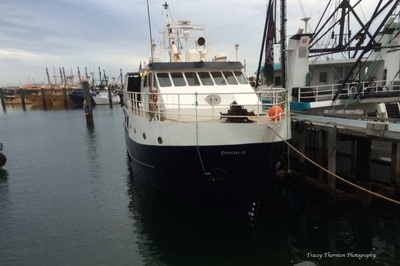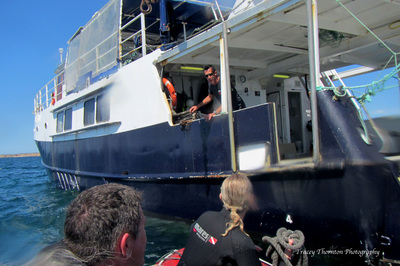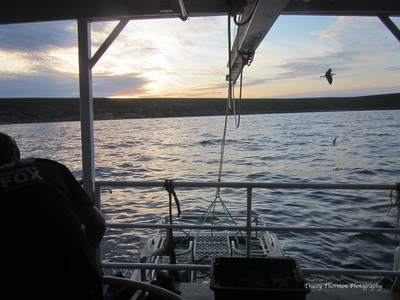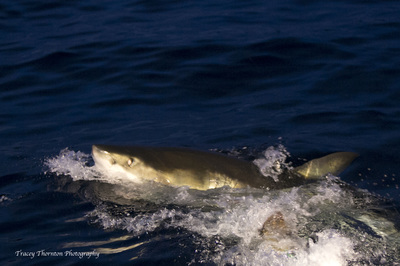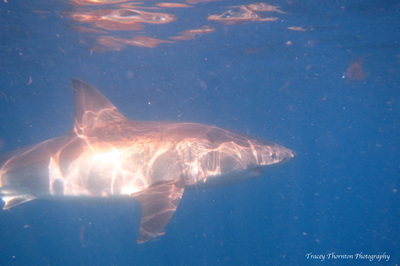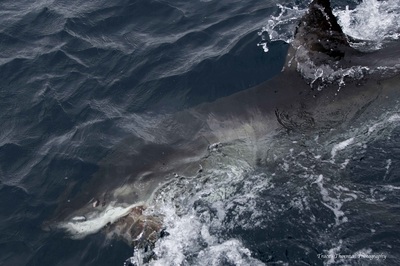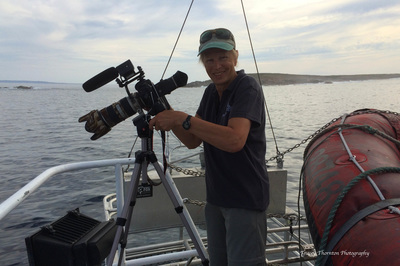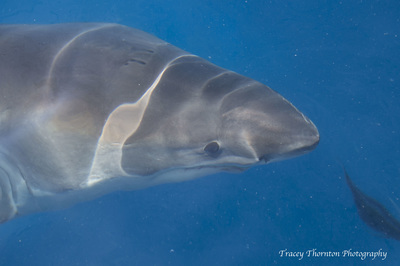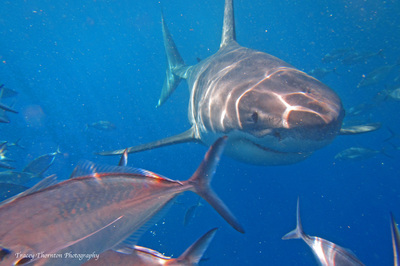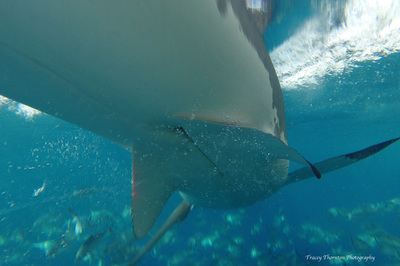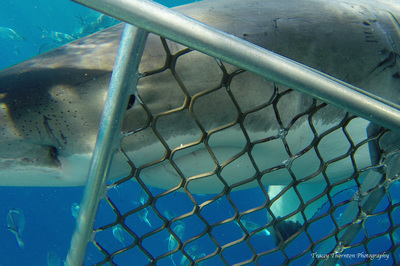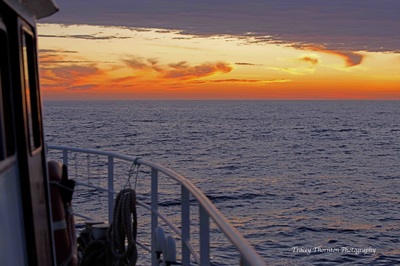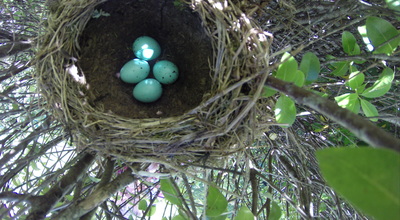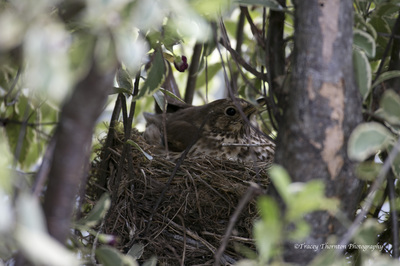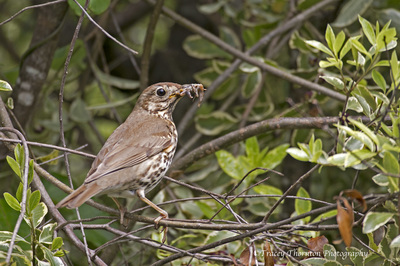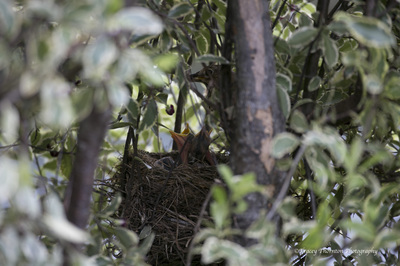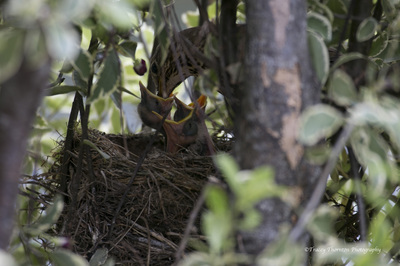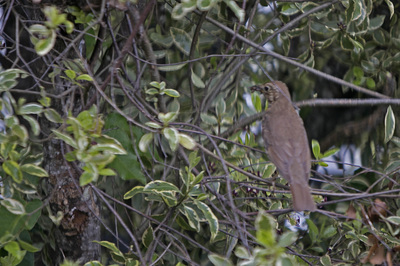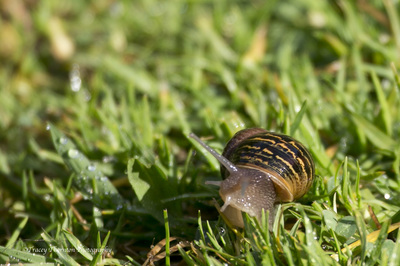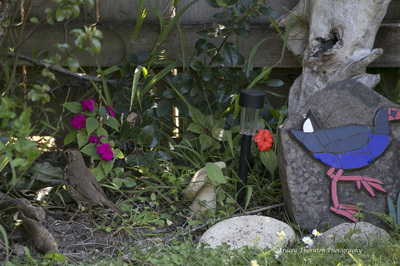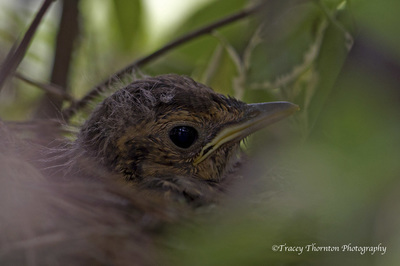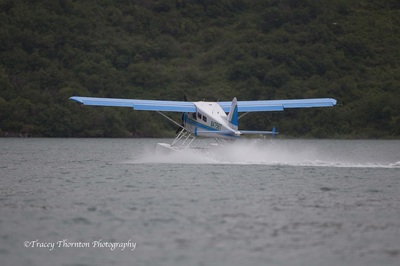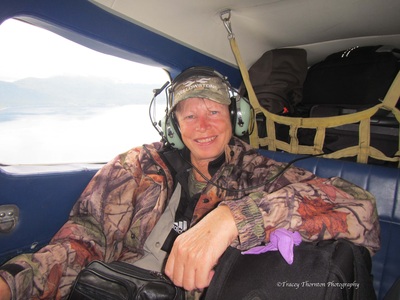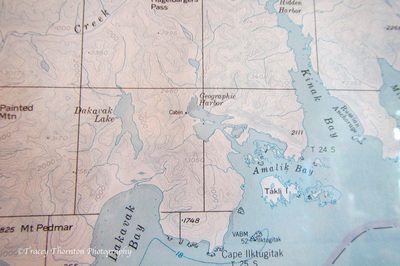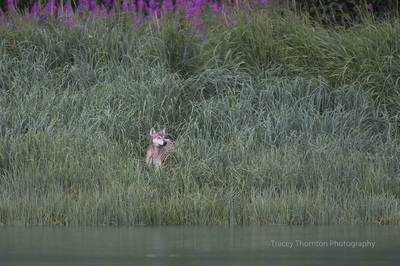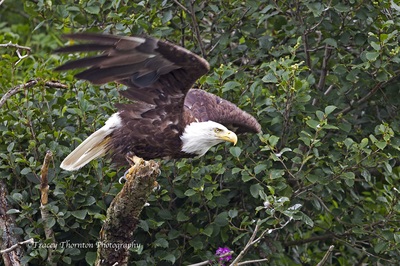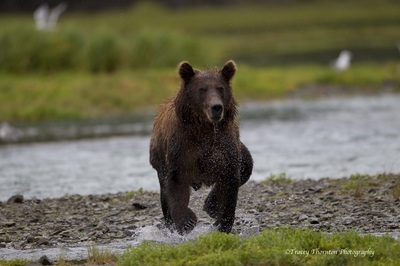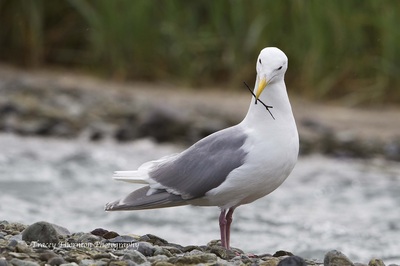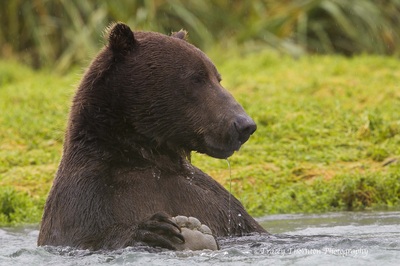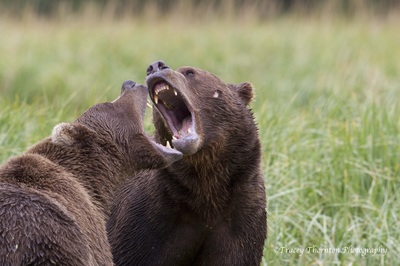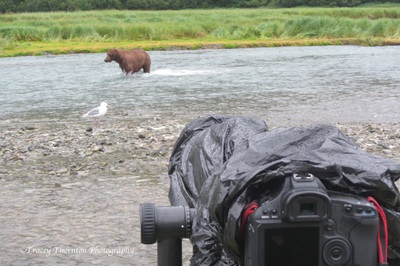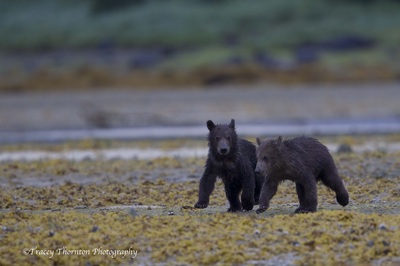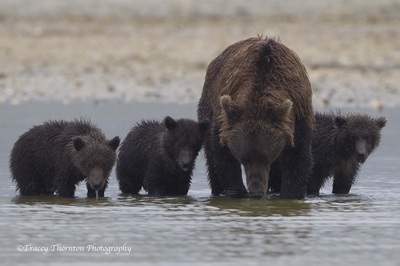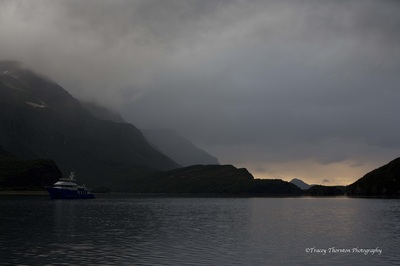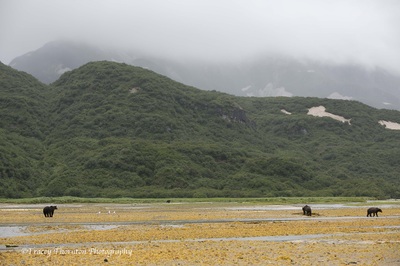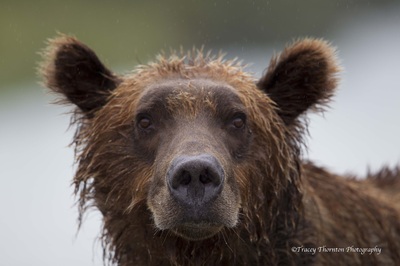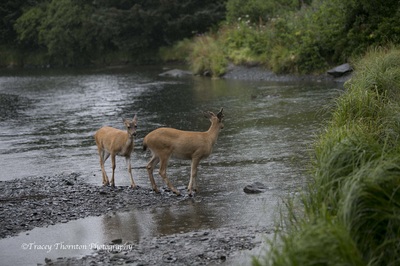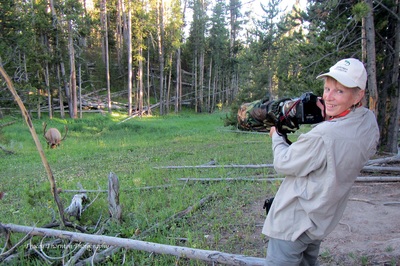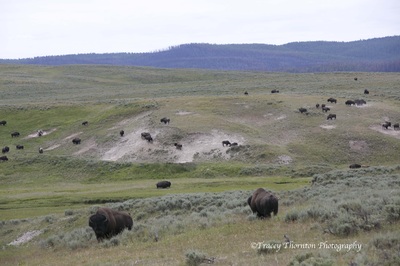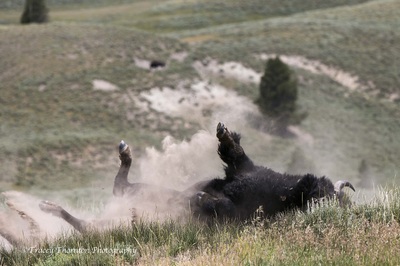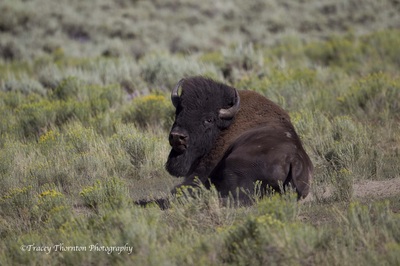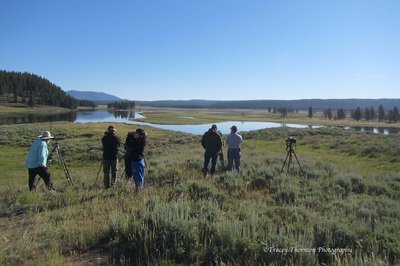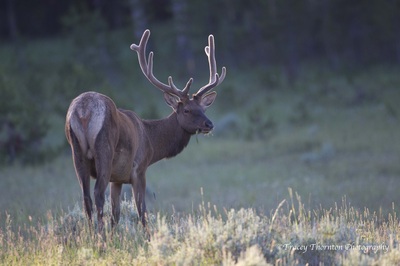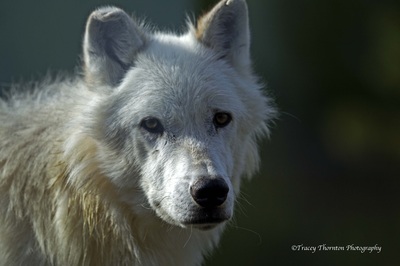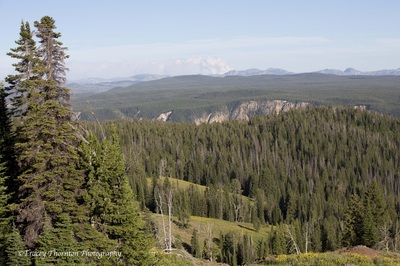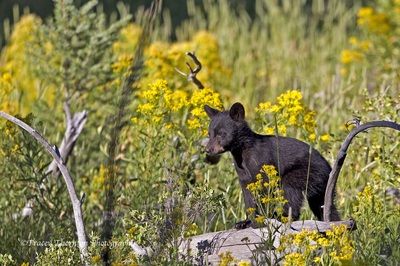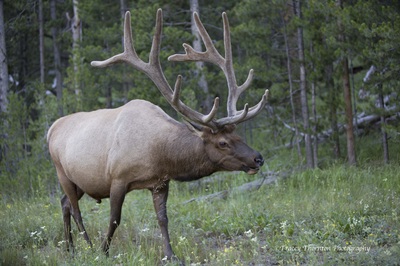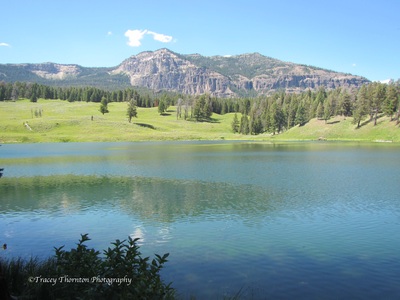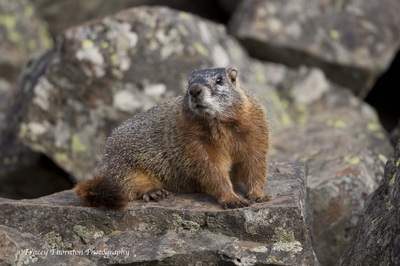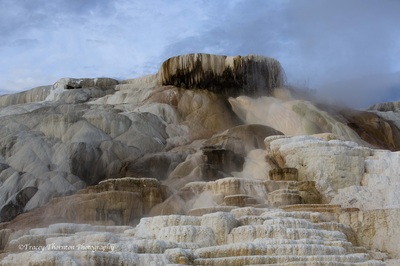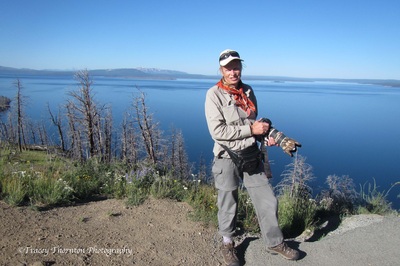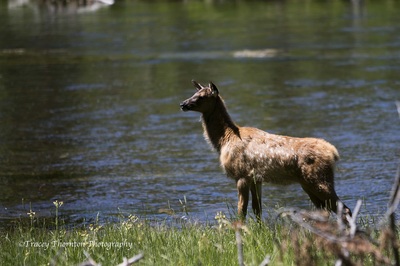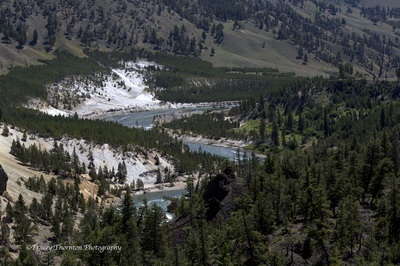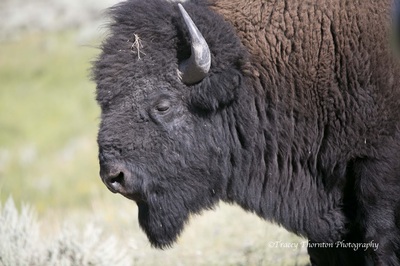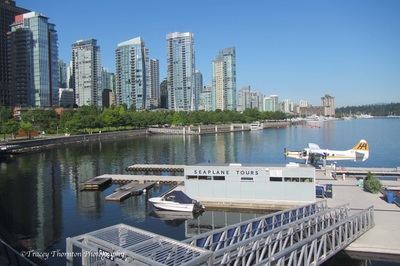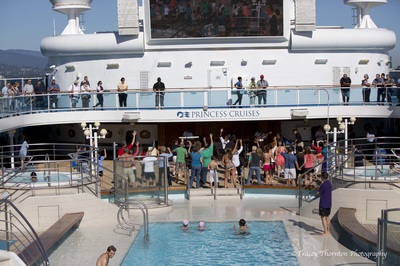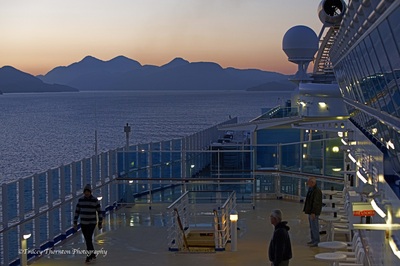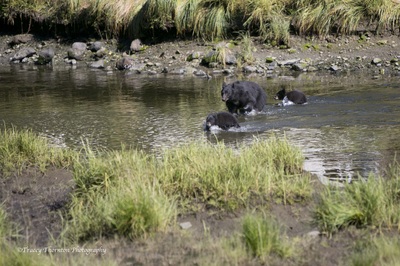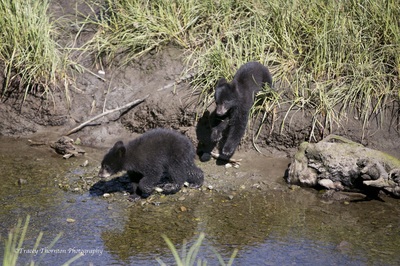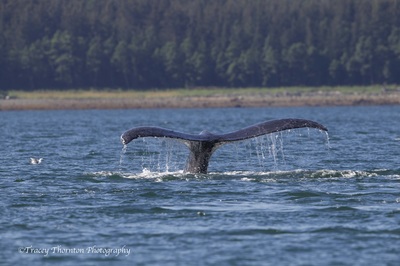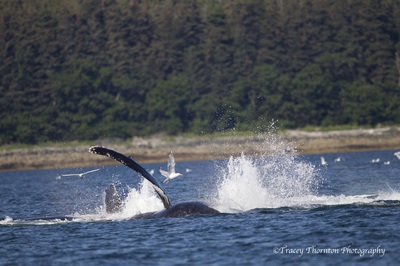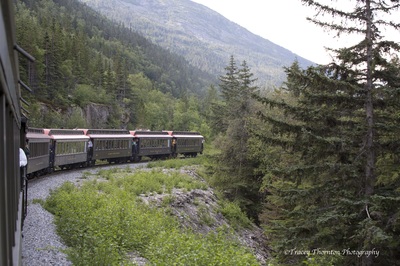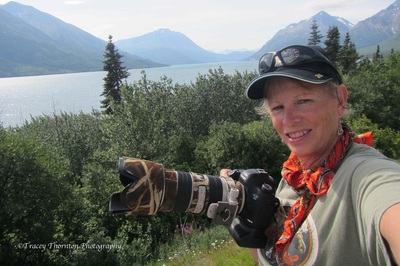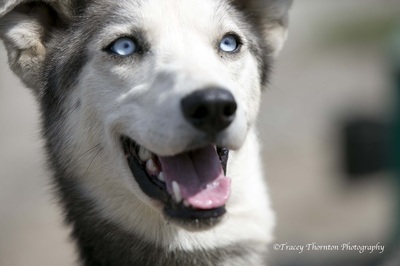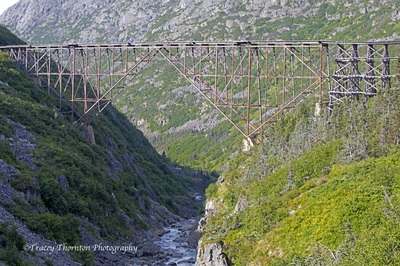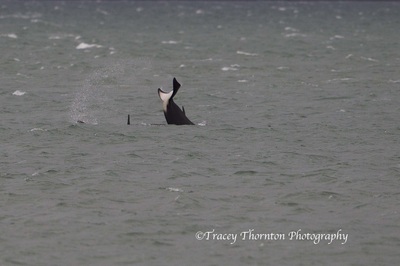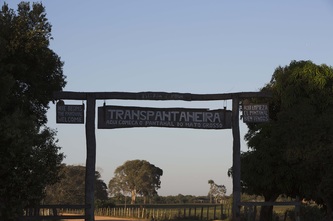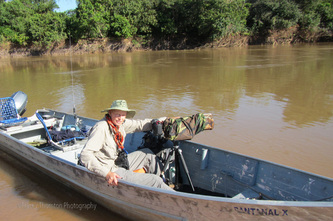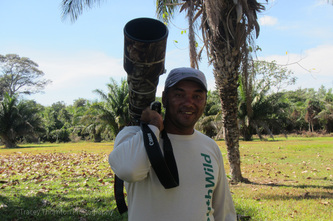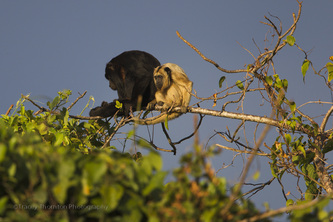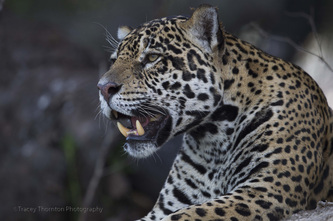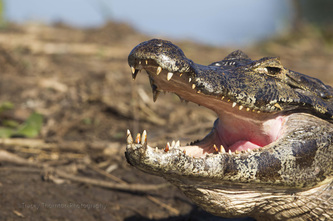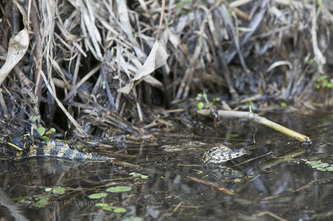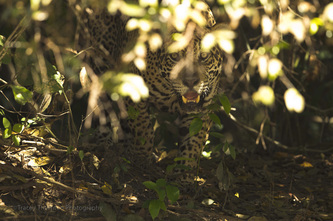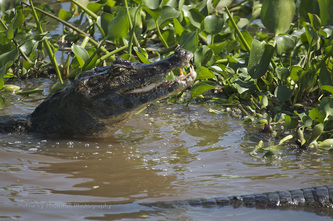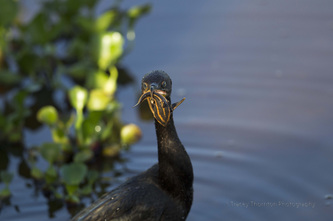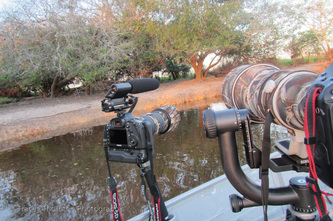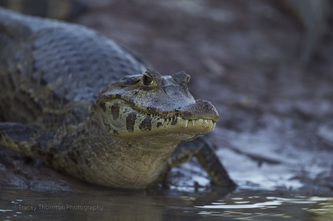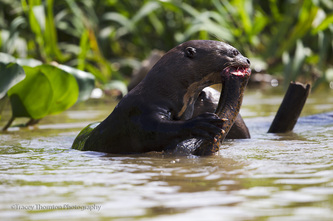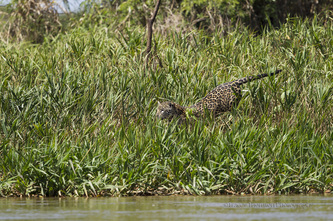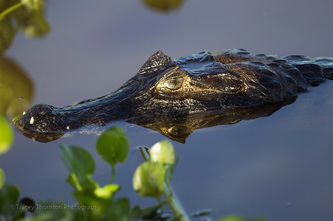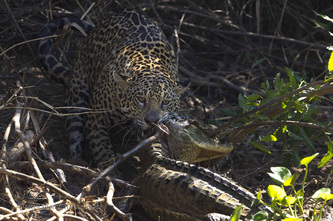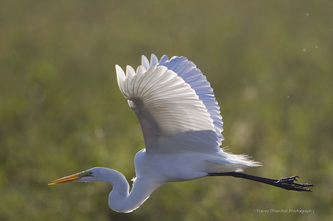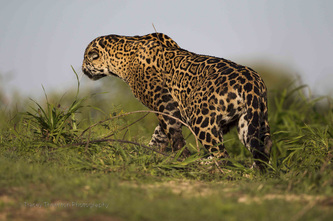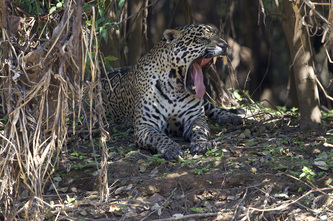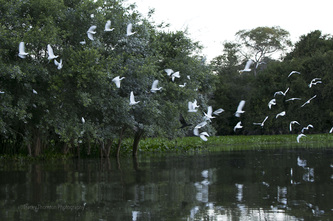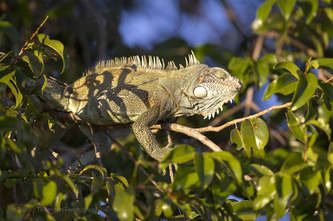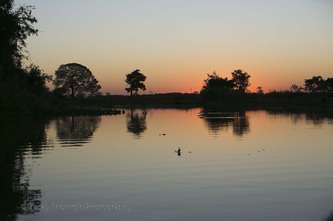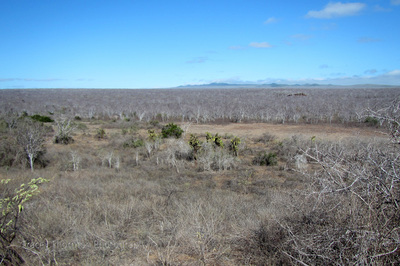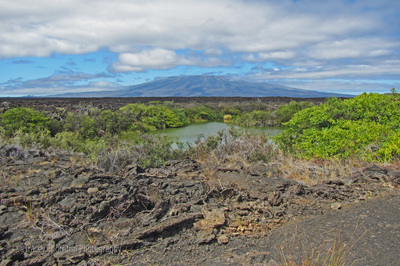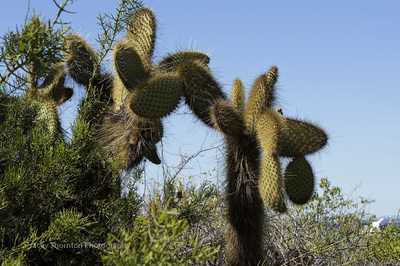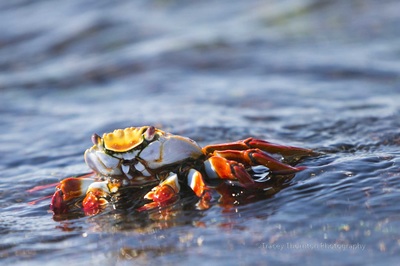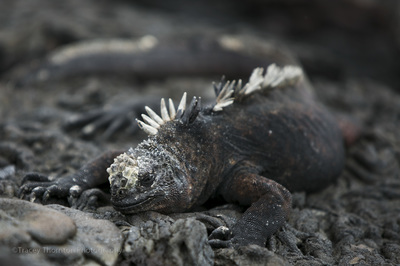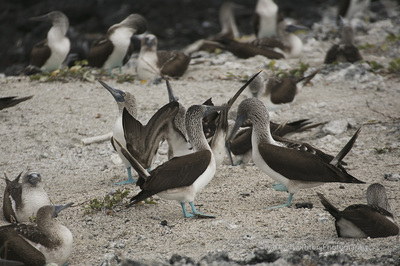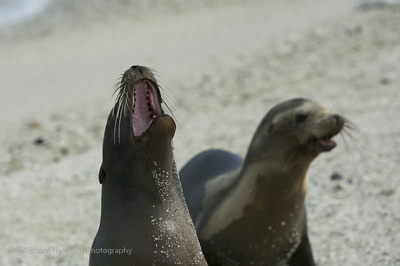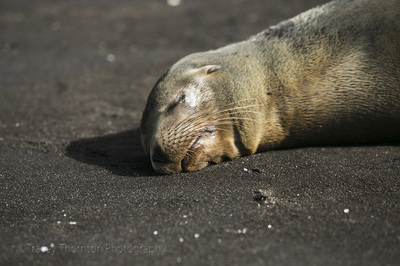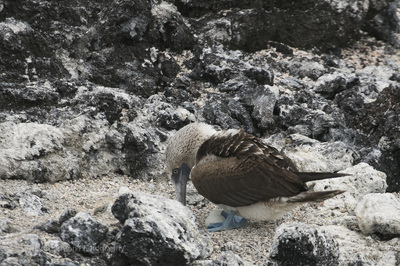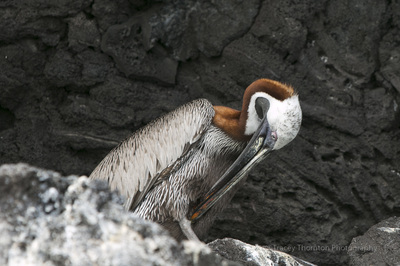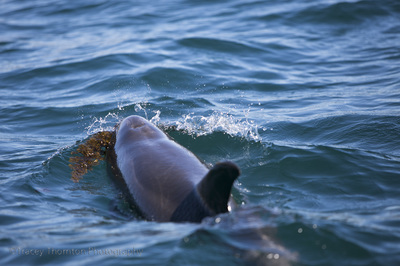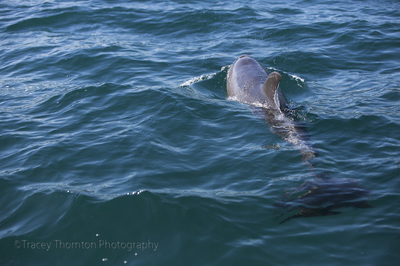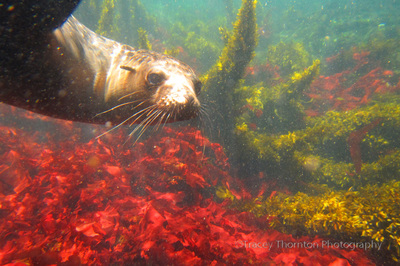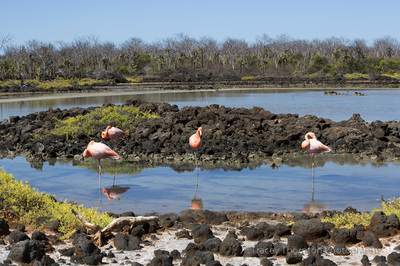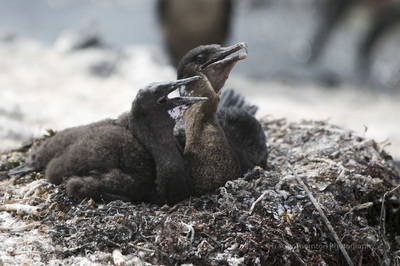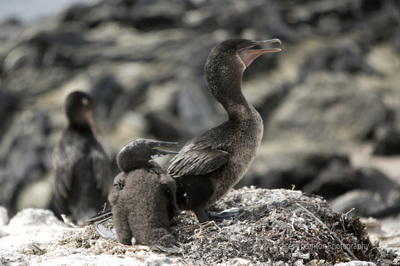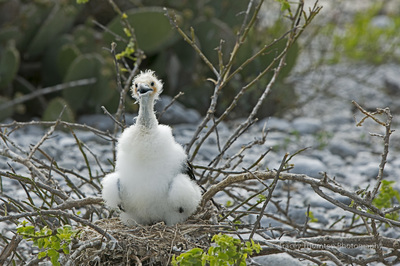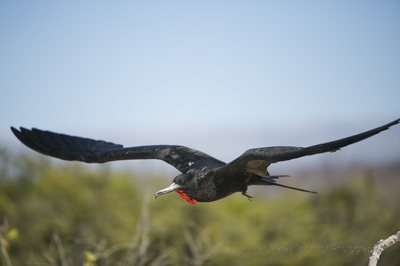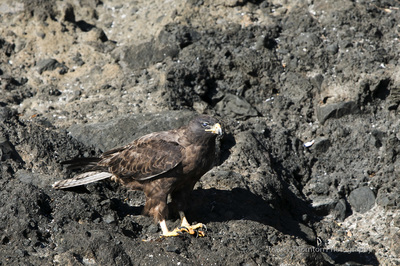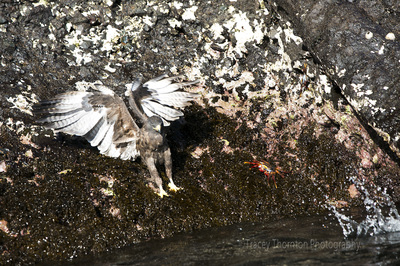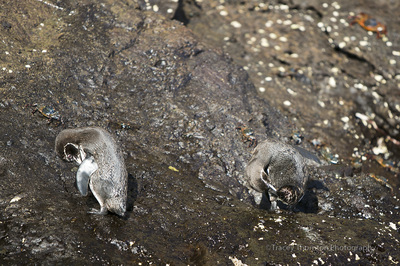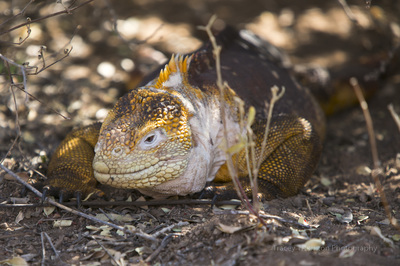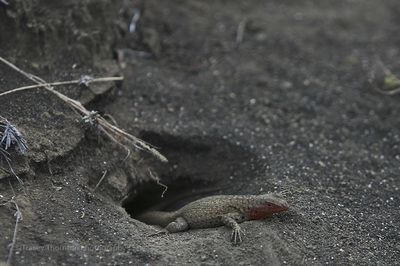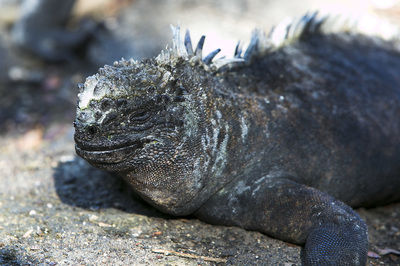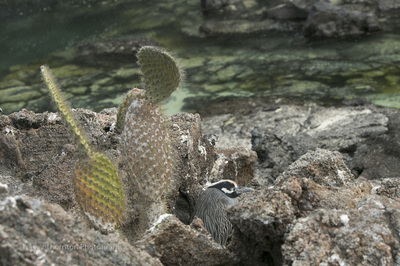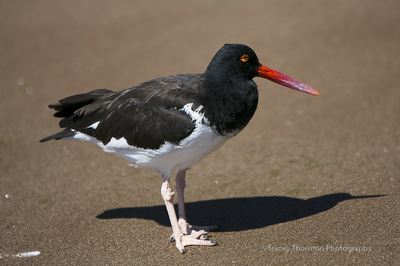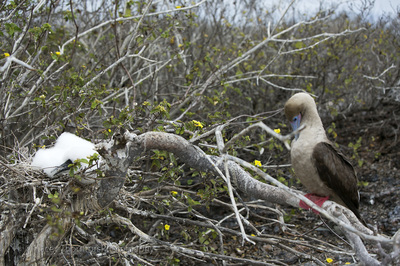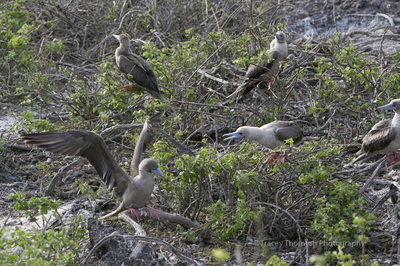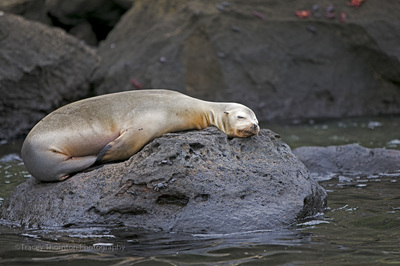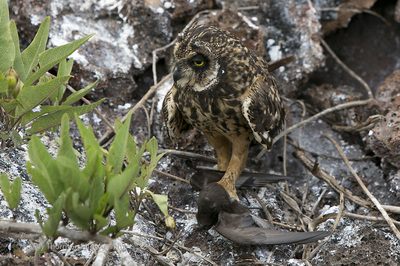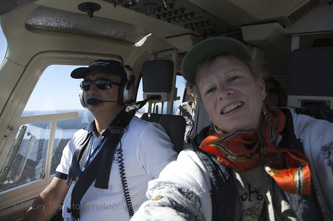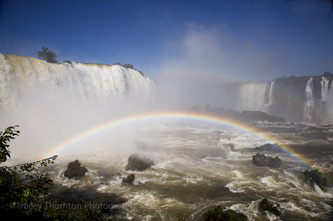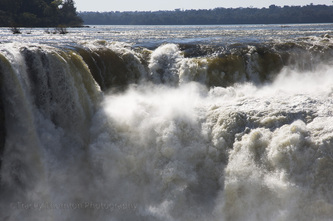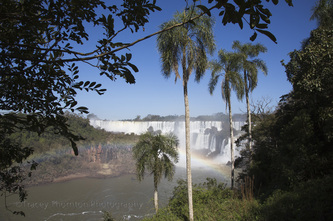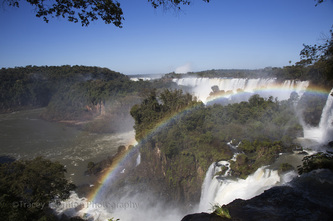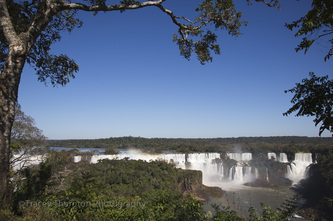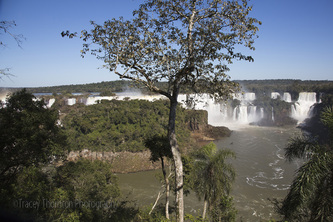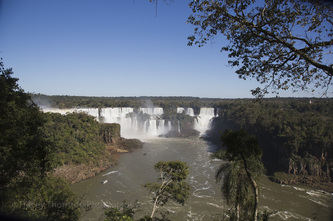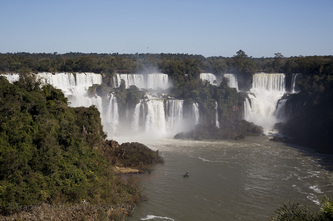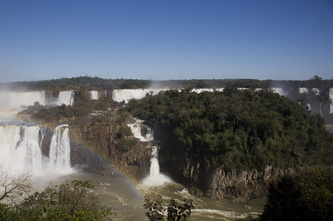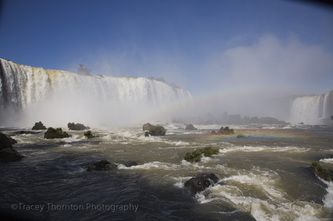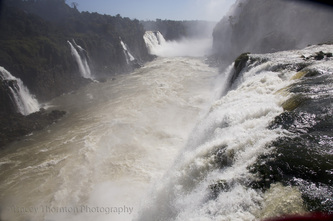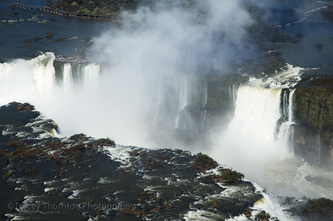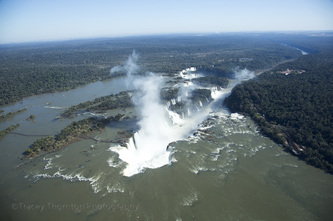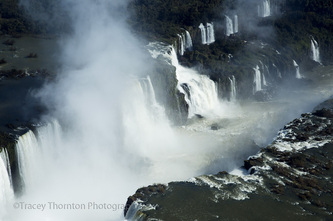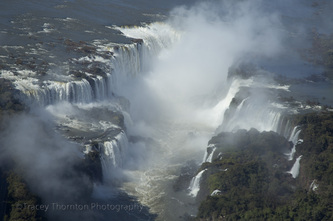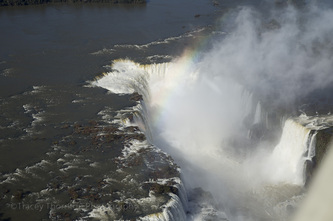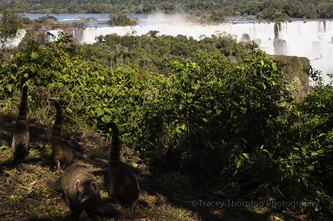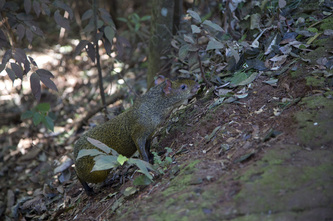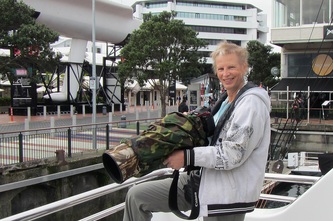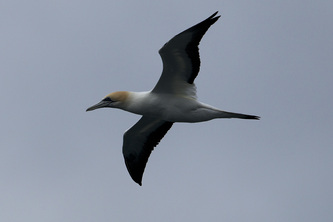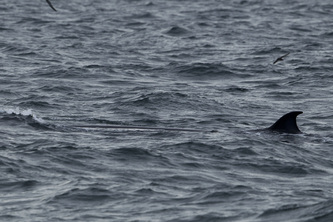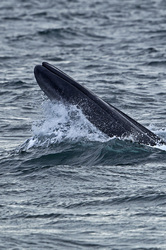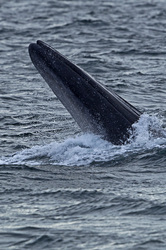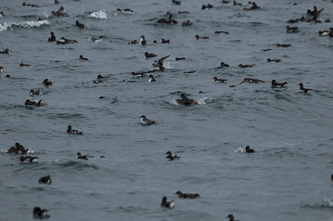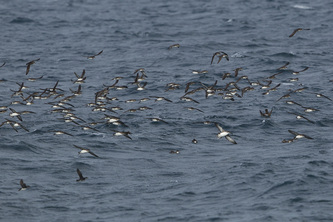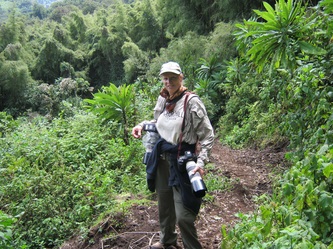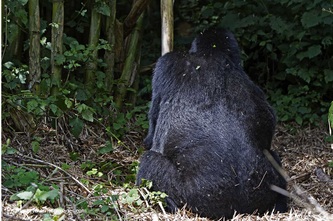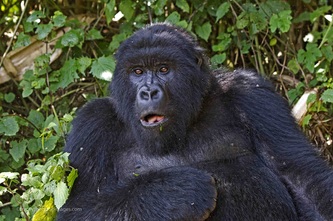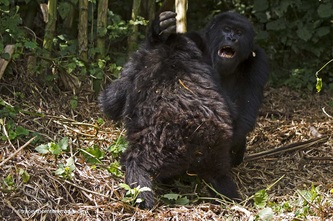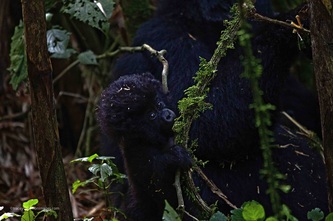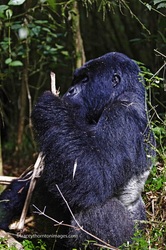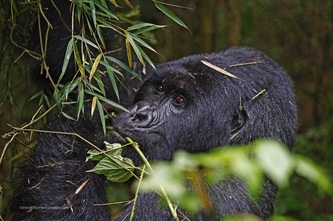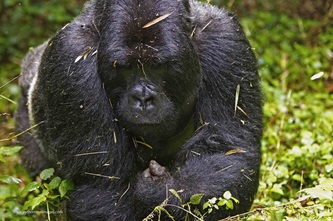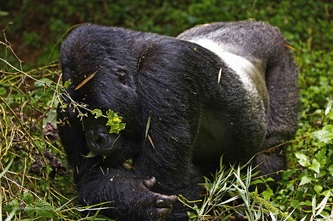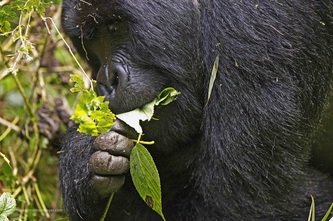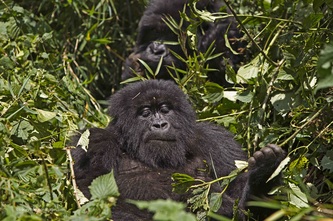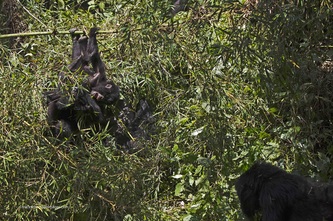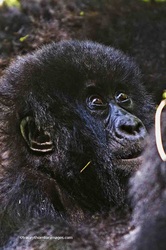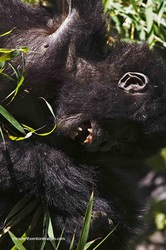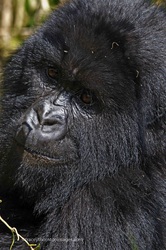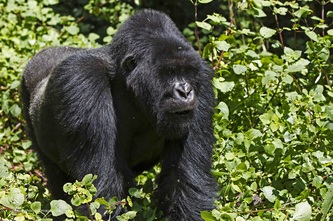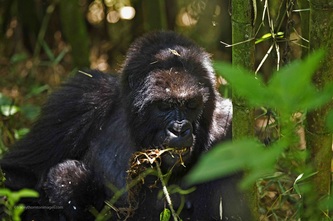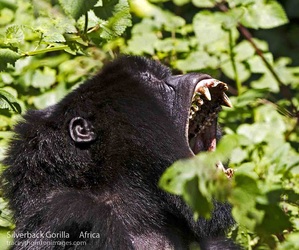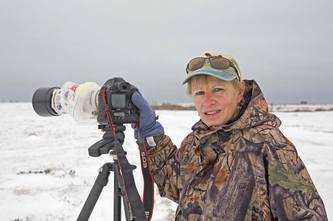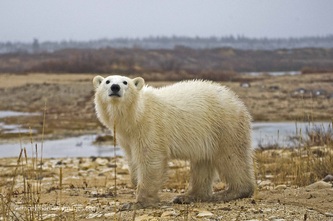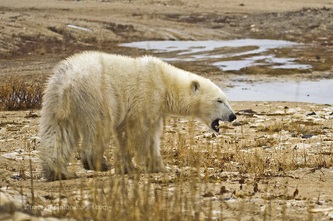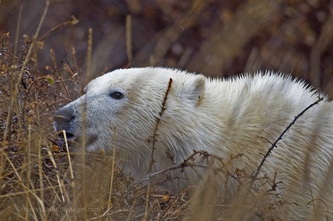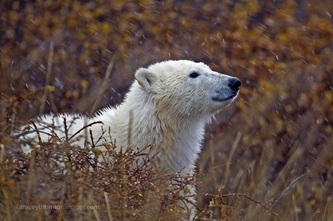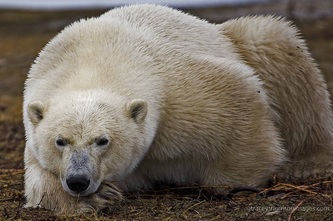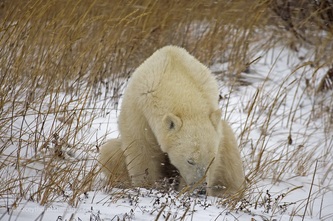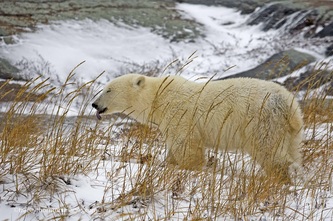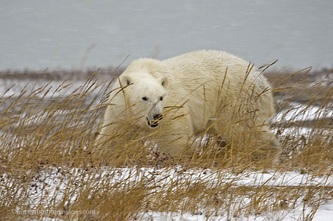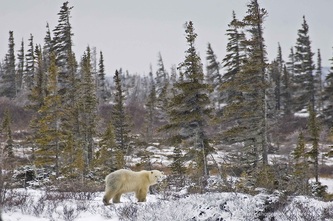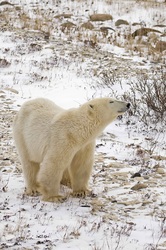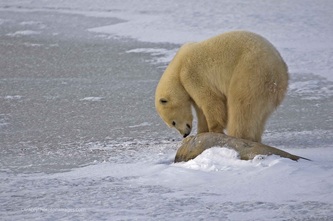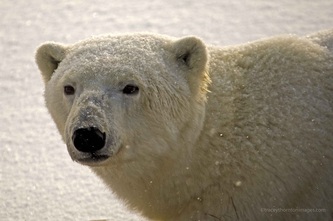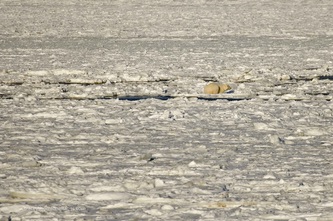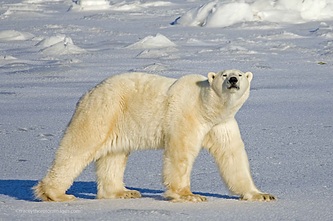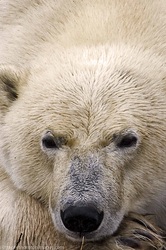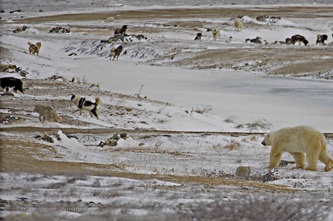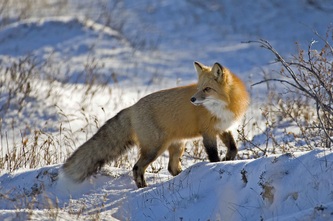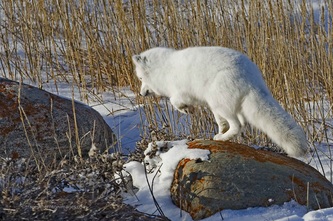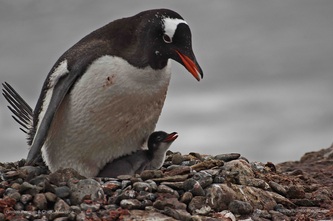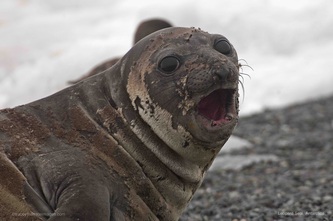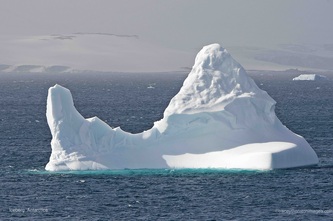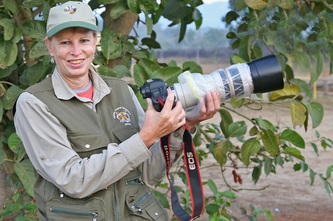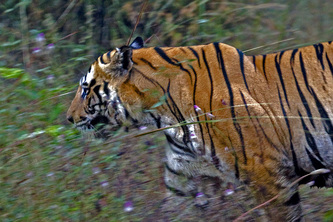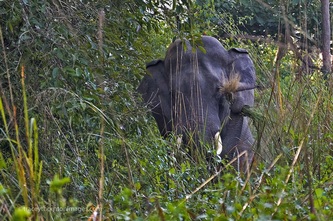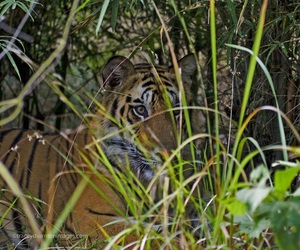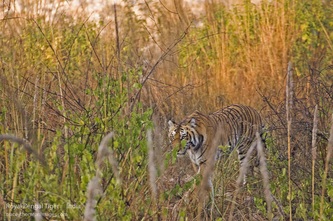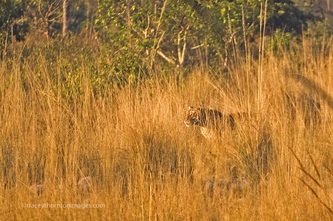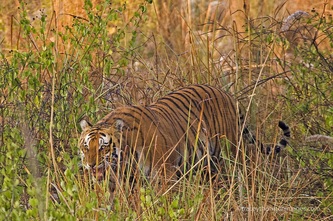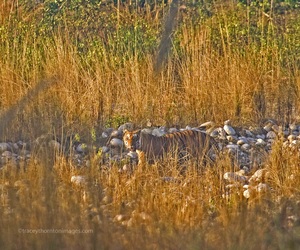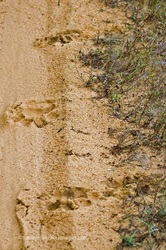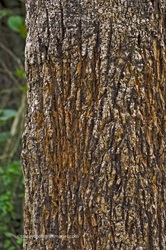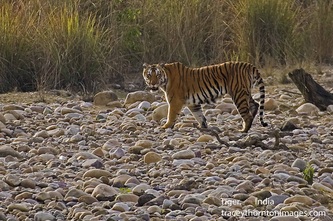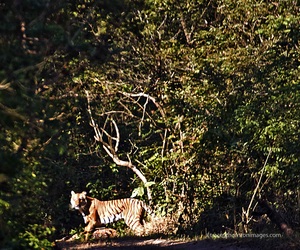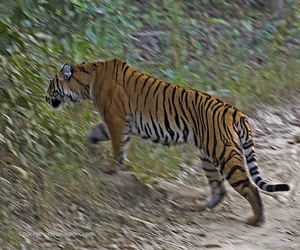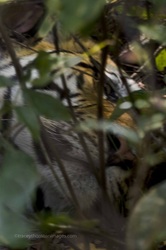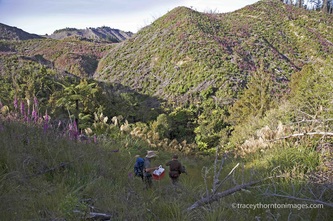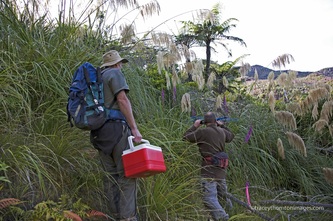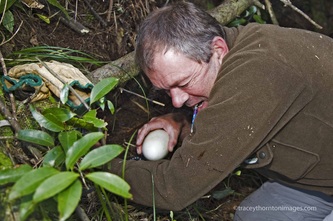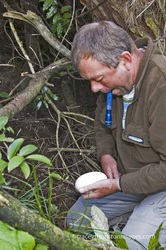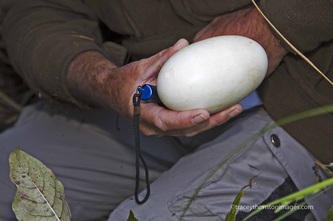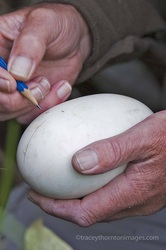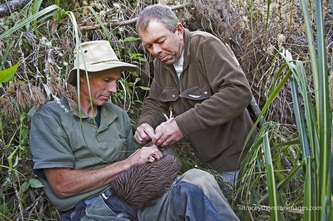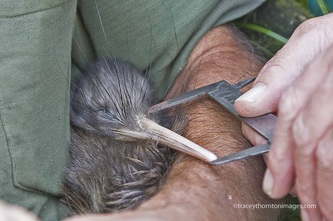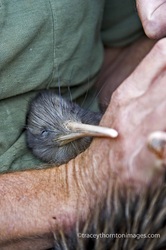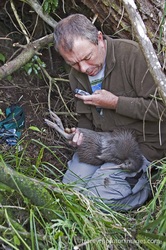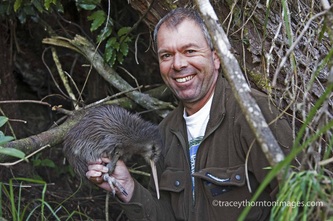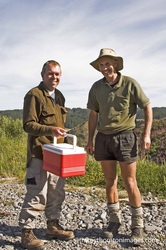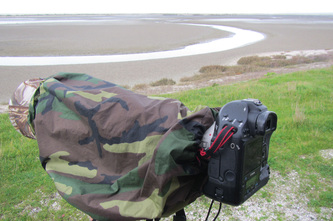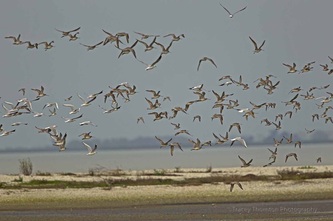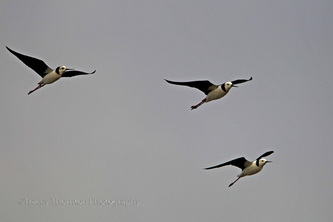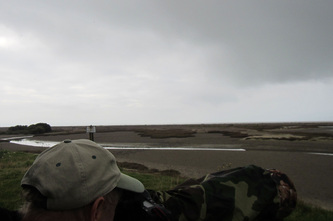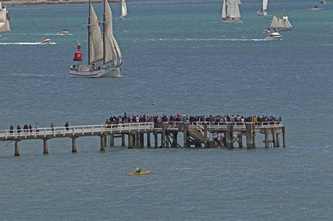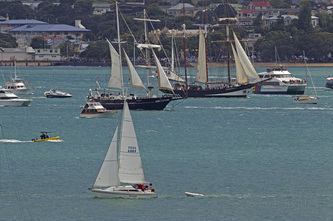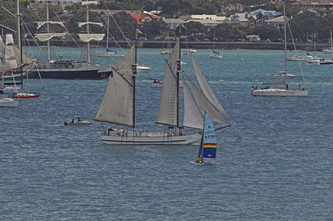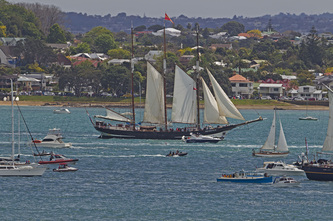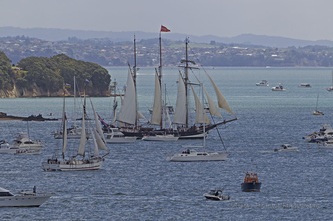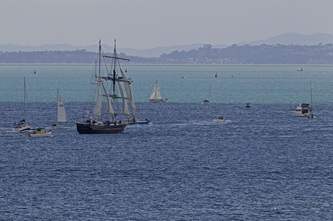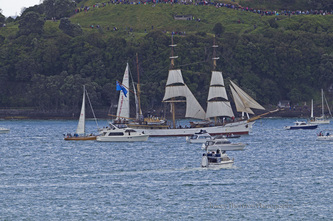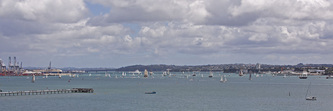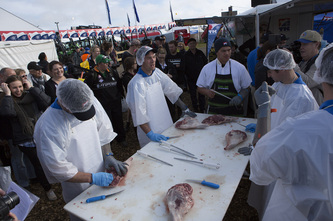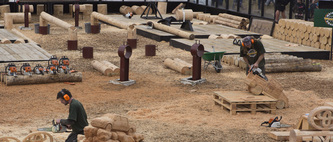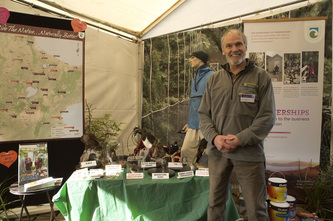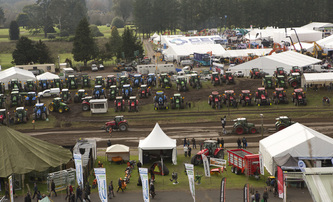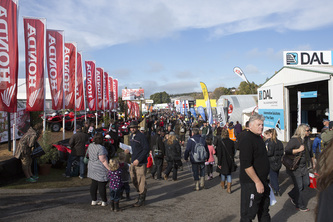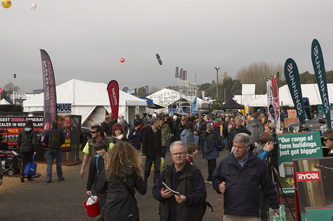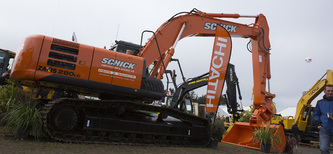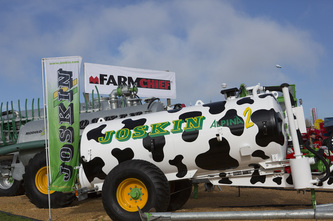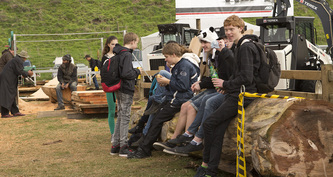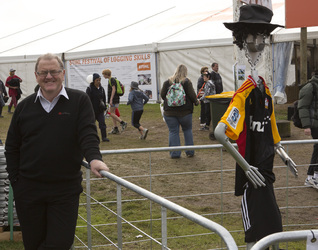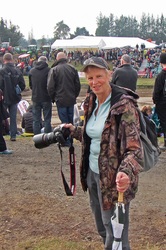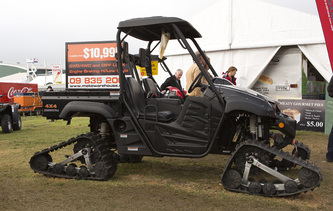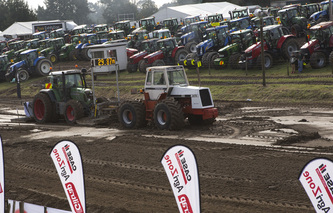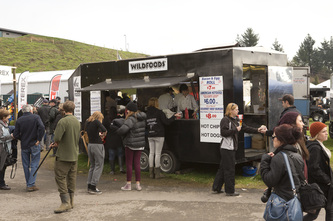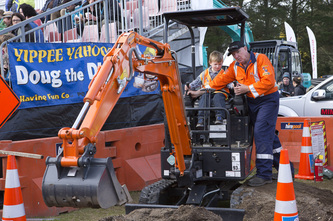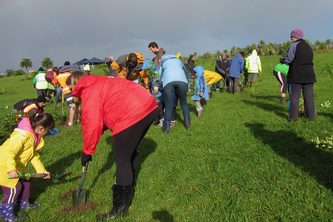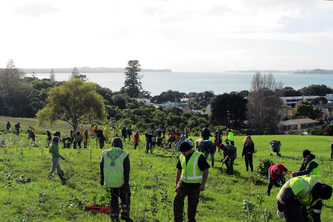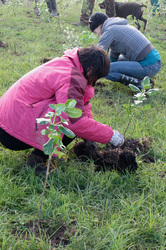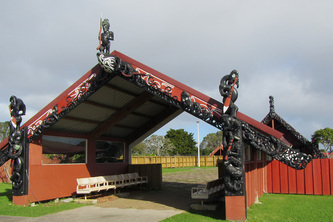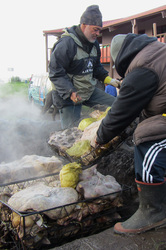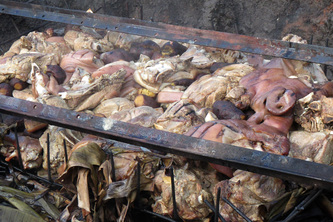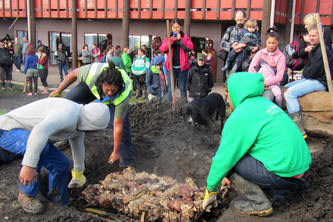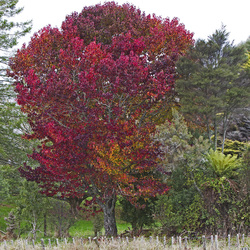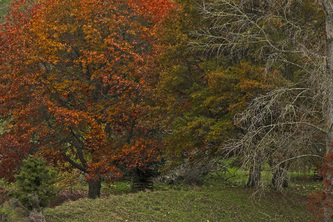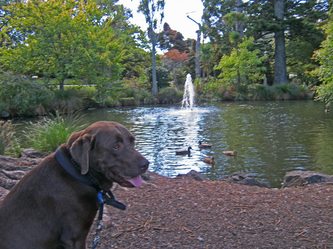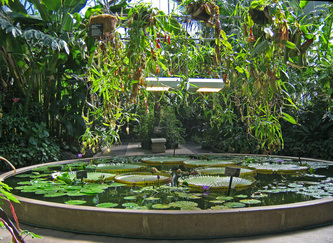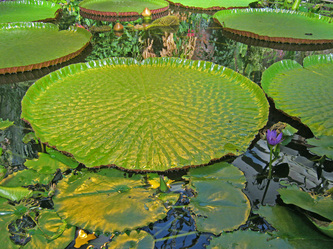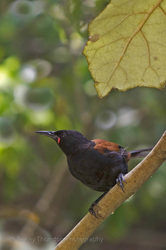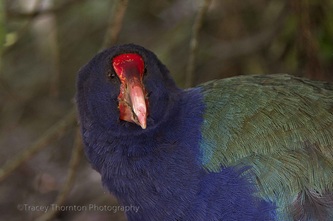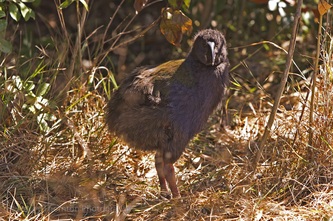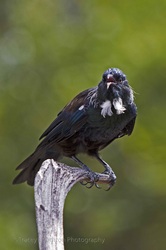The Last Of The Komodo Dragons
As we flew over the Komodo National Park, a lifetime goal was to share space with these dinosaurs, called Komodo Dragons, the worlds larges lizard.
The small fishing village of Labuan Bajo is located at the western end of Flores on east Indonesia, its now a busy tourist centre, launching trips out to see the Komodo Dragons
The Komodo National Park was originally set up to protect the Komodo Dragons and although many of the eco tourism visitors that travel here to catch a glimpse of the worlds largest lizard, the park is also renowned by scuba divers as one of the top dive sites in the world. More than 1000 species of tropical fish, 260 species of coral within the Komodo National Park
As we flew over the Komodo National Park, a lifetime goal was to share space with these dinosaurs, called Komodo Dragons, the worlds larges lizard.
The small fishing village of Labuan Bajo is located at the western end of Flores on east Indonesia, its now a busy tourist centre, launching trips out to see the Komodo Dragons
The Komodo National Park was originally set up to protect the Komodo Dragons and although many of the eco tourism visitors that travel here to catch a glimpse of the worlds largest lizard, the park is also renowned by scuba divers as one of the top dive sites in the world. More than 1000 species of tropical fish, 260 species of coral within the Komodo National Park
BornWild
The Last Of The Orang-utans
By Tracey Thornton
My guide Hakim gives me the signal I have been waiting for, after trekking in from the river through the forest tracks, I am now only 10meters from one of the most talked about primates in the world, up in the trees above is a large male Orang-utan, know locally as men of the forest now critically endangered.
This giant of a beast, 8 times stronger than us is know for their gentle nature, and may become aggressive when threatened. As I bring my camera up for the first images, this reminds me of the past ten years of capturing some of our worlds endangered species.
I am here in Tanjung Putting National Park, Borneo to document the orang-utan and the place they call home, we have all heard of deforestation, Palm Oil, Mining, Logging, etc, so its interesting to get the full story.
BornWild
The Last Of The Orang-utans
By Tracey Thornton
My guide Hakim gives me the signal I have been waiting for, after trekking in from the river through the forest tracks, I am now only 10meters from one of the most talked about primates in the world, up in the trees above is a large male Orang-utan, know locally as men of the forest now critically endangered.
This giant of a beast, 8 times stronger than us is know for their gentle nature, and may become aggressive when threatened. As I bring my camera up for the first images, this reminds me of the past ten years of capturing some of our worlds endangered species.
I am here in Tanjung Putting National Park, Borneo to document the orang-utan and the place they call home, we have all heard of deforestation, Palm Oil, Mining, Logging, etc, so its interesting to get the full story.
e-News 20th January 2016
Tawharanui Peninsula - through my lens on a hot afternoon
A visit to the amazing Tawharanui Open Sanctuary. In 2004 a 2.5 km predator-proof fence built across Tawharanui peninsula to create a refuge for native animals free from pests such as rats, stoats and possums.
Tawharanui Peninsula is a finger of land projecting into the Hauraki Gulf from the east coast of the much larger North Auckland Peninsula of New Zealand. It separates Omaha Bay to the north from Kawau Bay and Kawau Island to the south
Wild Australia BornWild November 2015
Tasmania
I thought I would start 2016 with a recent BornWild visit to Tasmania
The Tasmanian Devil (Sarcophilus harrisii).
Due to hunting, Tasmanian devils neared extinction at the beginning of the 20th century. Tasmanian Tiger (Thylacine) became extinct in 1936. Today Tasmanian devils are endangered by a cancer called Devil Facial Tumor Disease.
Not much bigger than a house cat, this creature has attitude to burn, and is only from the island of Tasmania
They were named for the noises they make: the growl when looking for food, and the harsh screeching and screams when a group of devils is feeding on a carcass. Nocturnal animals, these noises are mainly heard at night, although I was lucky to witness some early morning.
During the day, Tasmanian devils shelter in caves, bushes, old wombat burrows, or hollow logs. They live in coastal scrub, woodlands, eucalypt forests, and agricultural areas. They are shy and timid animals.
Tasmanian devils are the world's largest
carnivorous marsupial. Their fur is black, though
some have white markings on the chest, shoulder,
or rump. Devils weigh 13 to 18 pounds and range
from 23 to 26 inches in length. They have a large head with a wide jaw and have sharp teeth. Their pointy pink ears turn red when angry.
Devils are scavengers, who eat any dead animals in the forest. It doesn’t matter how old or rotten the carcass is. Similar to hyenas, devils eat almost every part (bones, skin, skull). They also catch snakes, birds, rodents, lizards, small wallabies, and lamb.
Wild Australia BornWild November 2015
South Australia, Kangaroo Island recently, I never tire of the excitement wildlife and nature offers
Kangaroo Island is just off the mainland of South Australia, below Adelaide. It's known for its diverse wildlife and nature reserves, including Flinders Chase National Park and its kangaroos, wallabies, koalas and many bird species. At Cape du Couedic, the park's southwestern point, sit the huge, striking Remarkable Rocks granite formations. Nearby, Admirals Arch is a rock bridge with an adjacent fur-seal colony.
Wild Australia BornWild November 2015
South Australia, Kangaroo Island recently, I never tire of the excitement wildlife and nature offers
Kangaroo Island is just off the mainland of South Australia, below Adelaide. It's known for its diverse wildlife and nature reserves, including Flinders Chase National Park and its kangaroos, wallabies, koalas and many bird species. At Cape du Couedic, the park's southwestern point, sit the huge, striking Remarkable Rocks granite formations. Nearby, Admirals Arch is a rock bridge with an adjacent fur-seal colony.
Wild Australia BornWild November 2015
The Great White Shark Expedition
Neptune Islands
South Australia
I have come face to face with one of the world top apex predators the Great White Shark, (Carcharodon carcharias) or White Pointer as they are commonly known, this ranks up there for one of the most amazing fear factors. Although I'm in the safety of a cage filming, when this 4m male shark circles a few times, locks on to me, and then makes his move hitting the corner of the cage with huge impact only inches from me with huge force, another diver in the cage pulls me back out of danger, then the shark disappears into the gloom of the vast ocean as quickly as he appeared.
Great Whites visit the Neptune Islands as a reliable source of food and over 3700 New Zealand Fur Seals born on the Islands each year, the surrounding waters are an important stop off on the shark’s nomadic migratory travels through the Southern coasts of Australia. Seals give birth to their pups in November/December each year. The size of the seal colony has been steadily growing and the Neptune Island colony is by far the largest breeding colony in South Australia.
Research shows tagged Great Whites moving along the coast and up the east of New South Wales & Queensland and west up the West Australia Coast and one surprising find migrating from Australia to South Africa, that’s over 12,000 miles
Almost nothing is known about the reproduction of great whites.
Male great white sharks reach sexual maturity at age 26, while females take 33 years to reach sexual maturity
Maximum life span was originally believed to be more than 30 years, but in a study, the true lifespan of the great white shark was revealed to be up to 70 years or more
An awesome time out Neptune Islands cage diving with Rodney Fox Expeditions with the ultimate Great White Sharks. To truly understand these magnificent creatures you have to get in the water with them. We contributed to some scientific research by finding a $10,000 satellite shark tag by the crew, released from a shark days earlier.
e-News 12 October 2015
Photo Essay
Spring time offers some interesting wildlife in the garden.
This Song Thrush has the most beautiful song, especially when looking after and feeding its recent born chicks, only days old. Both parents feed and look after around the clock. The song thrush builds a nest, mud lined as you can see, this one deep in our hedge, lays 3-5 dark-spot eggs, and these three chicks are so funny to watch when a parent returns with some food, usually a snail or worm from my garden, a real challenge to get high enough to photo, without disturbing the family.
The song thrush is easily recognised by its speckled brown and cream breast and although they are an introduced species, they have no recognised impacts on native bird species.
Their eyes open around 5-6 days and they fledge around 12-14 days, so growing fast.
NORTH AMERICA
ALASKA
The story of "The Trek To Alaska" in August 2014
Katmai National Park
Trip Notes - August 2014
BornWild - Alaska
From the Research Diary of Tracey Thornton
Filmed – Kodiak Island & Katmai Coast
Anchorage Airport, Cloudy
1.10pm At last aboard flight AS4890 bound for Kodiak Island. The trek to film the largest of all Brown Bears had begun.
4pm Kodiak Island greeted me with rain and misty surroundings. I was told later that we were lucky to land due to the weather conditions
NB. Refer - "Trip Notes" folder in main menu for full story
ALASKA
The story of "The Trek To Alaska" in August 2014
Katmai National Park
Trip Notes - August 2014
BornWild - Alaska
From the Research Diary of Tracey Thornton
Filmed – Kodiak Island & Katmai Coast
Anchorage Airport, Cloudy
1.10pm At last aboard flight AS4890 bound for Kodiak Island. The trek to film the largest of all Brown Bears had begun.
4pm Kodiak Island greeted me with rain and misty surroundings. I was told later that we were lucky to land due to the weather conditions
NB. Refer - "Trip Notes" folder in main menu for full story
YELLOWSTONE NATIONAL PARK
BornWild
From the Research Diary of Tracey Thornton
Filmed - Yellowstone National Park, Wyoming 2014
Trip Notes
After a 14hr flight from Auckland, New Zealand, a stop over for the night in San Francesco gave me the opportunity to recover and explore the city. On a beautiful sunny afternoon, taking in the sights of Golden Gate Bridge, Alcatraz and a ride on the famous and popular cable cars down to the harbour.
Arriving at Bozeman Airport, Montana after a short morning 2hr flight, I was excited and ready to go hunting Yellowstone.
NB. Refer - "Trip Notes" folder in main menu for full story
INSIDE PASSAGE
Trip Notes - July - August 2014
BornWild – Voyage of the Glaciers
From the Research Diary of Tracey Thornton
Filmed – Island Princess
Trip Notes
Day one – Vancouver Departure Day.
4pm On a magnificent blue sky afternoon we sailed out of Vancouver Harbour, destination Anchorage, Alaska, onboard the beautiful ship Island Princess, 181meters long and with me on this voyage, only another 2000 people to keep me company on my filming, some joining in a party farewell and live music on the pool deck, wow how exciting is my ride to Alaska, beats flying any day. Sailing under Lion’s Gate Bridge into the Strait of Georgia, its time to explore my home for the next week.
NB. Refer "Trip Notes' folder in main menu for full story
END
New Zealand
Orca (Killer Whales)
Auckland Harbour. 30 August 2014
A pod of approx 8-10 Orca whales heading out along bays feeding in the Auckland Harbour.
I first spotted on my morning run with dog Chevy off Mission Bay Beach about 7.45am, heading towards St Heliers, and raced back home to fetch my camera's and filmed them off St Heliers beach and followed them in the Tamaki River
I first spotted on my morning run with dog Chevy off Mission Bay Beach about 7.45am, heading towards St Heliers, and raced back home to fetch my camera's and filmed them off St Heliers beach and followed them in the Tamaki River
END
SOUTH AMERICA
The Jaguar Report. Pantanal, Brazil
“BornWild - Jaguars of the Pantanal”
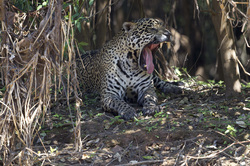
Trip Notes
“BornWild - Jaguars of the Pantanal”
From the Research Diary of Tracey Thornton
Filmed Brazil South America 2013
Trip Notes
After many days travel from New Zealand, arriving in Cuiaba late evening, and couple hours drive to the town of Pocone my overnight stay. Next morning we picked up my guide for the next couple of weeks, João Batista, “the great Jaguar spotter”. Heading 100km toward the Cuiaba River and southwest is 4 million acres of the north Pantanal. These 100 km run through different types of tropical dry woodlands and savannah woodlands that Brazilian ecologists call “cerrado” and “cerradão”.
NB. Refer -"Trip Notes" folder in main menu for full story.
END
SOUTH AMERICA
The Galapagos Report. Galapagos Islands, Ecuador
BornWild

Trip Notes
BornWild
From the Research Diary of Tracey Thornton
Filmed Galapagos, South America 2013
Trip Notes Galapagos
Flying from Quito to the Island of Baltra gave me a birds-eye view of some of the Galapagos Islands spread out below I was about to explore and film/photo and document.
NB. Refer - "Trip Notes" folder in main menu for full story
Flying from Quito to the Island of Baltra gave me a birds-eye view of some of the Galapagos Islands spread out below I was about to explore and film/photo and document.
NB. Refer - "Trip Notes" folder in main menu for full story
END
SOUTH AMERICA
The Iguazu Report. Argentina & Brazil.
BornWild
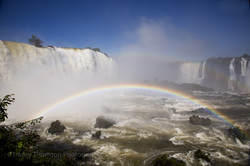
Trip Notes
BornWild
From the Research Diary of Tracey Thornton
Filmed Iguazu National Park 2013
BornWild
From the Research Diary of Tracey Thornton
Filmed Iguazu National Park 2013
Trip Notes Iguazu
Arriving at Iguazu National Park in late July in beautiful weather, sunny, blue sky gave me the perfect opportunity to explore and film these amazing falls and some wildlife . Only a few weeks prior Iguazu Falls Park was closed due to heavy rains and flooding. The flooding forced the evacuation of at least 500 families on Paraguayan river basin. The walkways covered in water and in need of repair.
NB. Refer -"Trip Notes" in main menu for full story
Arriving at Iguazu National Park in late July in beautiful weather, sunny, blue sky gave me the perfect opportunity to explore and film these amazing falls and some wildlife . Only a few weeks prior Iguazu Falls Park was closed due to heavy rains and flooding. The flooding forced the evacuation of at least 500 families on Paraguayan river basin. The walkways covered in water and in need of repair.
NB. Refer -"Trip Notes" in main menu for full story
END
NEW ZEALAND
Hauraki Gulf Auckland NZ. July 2013
Aboard the Dolphin Explorer on a windy and overcast day, searching for the wildlife out in the gulf, took us north east past Tiritiri Matangi and over towards the Coromandel Peninsula where we encountered a Brydes Whale mum and calf (5 mths approx) feeding on the surface, identified by their bushy blow and they regulary dive for about 5-15minutes. Brydes Whales average around 40-45ft
END
AFRICA
The Mountain Gorilla Report. Rwanda Africa

ttp BornWild filmed around the Virunga Mountains 2010
From the Research Diary of Tracey Thornton
MOUNTAIN GORILLA - STATUS - CRITICALLY ENDANGERED
The next few days we tracked the Mountain Gorilla in the Virunga Volcanoes Mountains.
and the most rewarding experience to share some time with these normally peaceful animals, caring for their young, climbing in the trees, always with mum nearby and a huge silverback protecting the troop.
A census conducted in 2010 showed 480 live in the Virungas.
NB. Refer - "Trip Notes" folder in main menu for full story
From the Research Diary of Tracey Thornton
MOUNTAIN GORILLA - STATUS - CRITICALLY ENDANGERED
The next few days we tracked the Mountain Gorilla in the Virunga Volcanoes Mountains.
and the most rewarding experience to share some time with these normally peaceful animals, caring for their young, climbing in the trees, always with mum nearby and a huge silverback protecting the troop.
A census conducted in 2010 showed 480 live in the Virungas.
NB. Refer - "Trip Notes" folder in main menu for full story
END
ARCTIC and CANADA
The Polar Bear Report. Arctic

ttp BornWild filmed around Hudson Bay area 2009
From the Research Diary of Tracey Thornton
POLAR BEAR - STATUS - VULNERABLE
CHURCHILL, HUDSON BAY, MAINTOBA. November 2009
My flight into Churchill airport was a scary one as we arrived in a snow storm and our pilot announced we may not be able to land, we hit the runway in a huge cloud of ice and snow, a perfect landing.
Making my way to the lodge, its now a warm -10deg plus wind chill, eek, I’m freezing, back home in New Zealand its now plus 23deg and the beginning of summer. With snow falling, I cannot wait to meet my guide Mike Marci.
NB. Refer - "Trip Notes" in main menu for full story
END
ANTARCTICA
The Antarctica Report. Antarctica

ttp BornWild filmed around the Antarctica Peninsula 2011
From the Research Diary of Tracey Thornton
BORNWILD ANTARCTICA 2011
We sailed out on MV Sea Spirit with mixed emotions, finally heading to sea after three days of uncertainty (due to our originally scheduled ship, Clipper Adventurer, tied up in port with some unanticipated mechanical problems), and manoeuvring out of the Argentinian port of Ushuaia on a calm and still evening, heading down the Beagle Channel for the first time, with the crew on the bow stowing away the mooring lines.
NB. Refer - "Trip Notes" folder in main menu for full story
From the Research Diary of Tracey Thornton
BORNWILD ANTARCTICA 2011
We sailed out on MV Sea Spirit with mixed emotions, finally heading to sea after three days of uncertainty (due to our originally scheduled ship, Clipper Adventurer, tied up in port with some unanticipated mechanical problems), and manoeuvring out of the Argentinian port of Ushuaia on a calm and still evening, heading down the Beagle Channel for the first time, with the crew on the bow stowing away the mooring lines.
NB. Refer - "Trip Notes" folder in main menu for full story
INDIA and HIMALAYA foothills
The Tiger Report. India
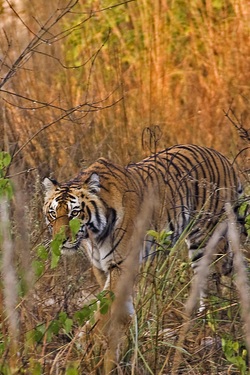
ttp BornWild filmed around this area in 2008 in the foothill of the Himalayas, North East India
From the research Diary of Tracey Thornton
ROYAL BENGAL TIGER - STATUS- ENDANGERED
In the darkness of early morning, Chuka stood motionless. The cold morning mist lay across the valley and the sun would soon awaken another day. The jungle was quiet and for Chuka this was always his best hunting time.
This magnificent Royal Bengal Tiger in his prime of life, King of the jungle and feared by all living creatures……….his Grandfather was possibly the notorious “The Chuka Maneater”of the Ladhya valley.
NB. Refer - "Trip Notes" folder in main menu for full story
END
NEW ZEALAND
The Kiwi Report. New Zealand
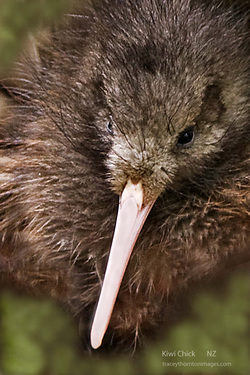
ttp BornWild filmed around the Tongariro Nationl Park 2009-2012
From the Research Diary of Tracey Thornton
NORTH ISLAND BROWN KIWI - STATUS -
The North Island Brown Kiwi is endangered, per the IUCN Redlist, with the major threat coming from predators, such as dogs, cats, and stoat
To learn more about the Kiwi - refer Department Of Conservation,
(CLICK ON KIWI PHOTO)
From the Research Diary of Tracey Thornton
NORTH ISLAND BROWN KIWI - STATUS -
The North Island Brown Kiwi is endangered, per the IUCN Redlist, with the major threat coming from predators, such as dogs, cats, and stoat
To learn more about the Kiwi - refer Department Of Conservation,
(CLICK ON KIWI PHOTO)
North Island Brown Kiwi
December 2009
On Assignment, New Zealand. Article and Photography by Tracey Thornton
BORNWILD. North Island Brown Kiwi.
Malcolm freezes over a small opening in a large fallen and rotting tree. This once magnificent ancient Silver Beech Tree once stood tall and strong, towering over all and giving shelter to the young trees and wildlife below, birds singing in the tops of her branches, gave a beautiful morning and evening chorus.
NB. Refer - "Trip Notes" folder in main menu for full story
Kiwi Egg lift On 22nd December 2009
On Assignment, New Zealand. Article and Photography by Tracey Thornton
BORNWILD. North Island Brown Kiwi.
Malcolm freezes over a small opening in a large fallen and rotting tree. This once magnificent ancient Silver Beech Tree once stood tall and strong, towering over all and giving shelter to the young trees and wildlife below, birds singing in the tops of her branches, gave a beautiful morning and evening chorus.
NB. Refer - "Trip Notes" folder in main menu for full story
Kiwi Egg lift On 22nd December 2009
NEW ZEALAND
Miranda Shorebird Centre 5th July 2013
I Visited Miranda last Friday to test out the Canon EF 500 f4L IS 11 USM lens and had an interesting afternoon testing out some camera gear and in such a beautiful place.
The Miranda coast provides safe roosting areas for birds at high tide with over 43 wader species
First image is a mixed flock of primarily bar-tailed godwit with a sprinkling of red knots and black-billed gulls. The second flock is mostly composed of Wrybill, although there is a sprinkling of banded dotterel among them - siimilar size, but brown upperparts rather than grey (if anything they appear slightly darker in the photo) plus a shorter, stouter bill, ( Information supplied from Miranda Shorebird Centre - Keith Woodley) third image Pied Stilt / Poaka. and fourth image Wrybill / Ngutu Pare in flight.
On the incoming tide the birds flock in spectacular formation before settling down once more as shown in late afternoon golden light.
The Miranda coast provides safe roosting areas for birds at high tide with over 43 wader species
First image is a mixed flock of primarily bar-tailed godwit with a sprinkling of red knots and black-billed gulls. The second flock is mostly composed of Wrybill, although there is a sprinkling of banded dotterel among them - siimilar size, but brown upperparts rather than grey (if anything they appear slightly darker in the photo) plus a shorter, stouter bill, ( Information supplied from Miranda Shorebird Centre - Keith Woodley) third image Pied Stilt / Poaka. and fourth image Wrybill / Ngutu Pare in flight.
On the incoming tide the birds flock in spectacular formation before settling down once more as shown in late afternoon golden light.
Tall Ships Waitemata Harbour Auckland New Zealand
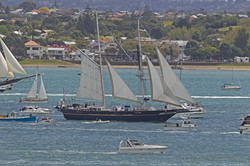
Bastion Point - With cameras lashed down, on a cold windy day perched up on a Gun bunker, overlooking the Auckland harbour.
A long awaited tall ships festival, hosted in Auckland (The City of Sails) over Labour Weekend (October28th). Thousand of people watched the eight ships and over 600 sailors, participating in tall ships festivals after crossing the Tasman for a three-day festival hosted by Voyager New Zealand Maritime Museum. Many Aucklanders in historic yachts and modern craft accompanied them with thousands of people dotting around every vantage points.
NEW ZEALAND
SUPERMOON

SUPERMOON. 24 June 2013
Rising over Mission Bay, Auckland NZ.
Last week saw the moon closest to earth and 30% brighter and 14% bigger than normal.
This moon image was shot from Tamaki Drive at 6.26pm and Bay 5.02pm timelapse
Canon 1DMk4, EF 500mm F4 L IS USM MK II TELEPHOTO LENS, shutter speed 1/100th at f/4, ISO 200
Visible for only a few minutes before being lost to the clouds
Rising over Mission Bay, Auckland NZ.
Last week saw the moon closest to earth and 30% brighter and 14% bigger than normal.
This moon image was shot from Tamaki Drive at 6.26pm and Bay 5.02pm timelapse
Canon 1DMk4, EF 500mm F4 L IS USM MK II TELEPHOTO LENS, shutter speed 1/100th at f/4, ISO 200
Visible for only a few minutes before being lost to the clouds
NEW ZEALAND
Fieldays 2013 Essay
Mystery Creek
Hamilton NZ
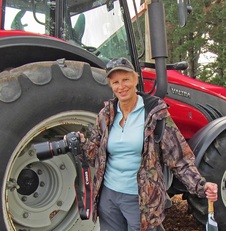
Fieldays - Putting the business in Agribusiness since 1969!
Acknowledged as a window into one of the most innovative, forward thinking agricultural economies in the world, the New Zealand National Agricultural Fieldays is proud to be celebrating 45 years.
This year 125,127 visitors attended the iconic four day event held at Mystery Creek every June and many exhibitors and visitors are already looking forward to next year with dates being confirmed as 11-14th June 2014.
Acknowledged as a window into one of the most innovative, forward thinking agricultural economies in the world, the New Zealand National Agricultural Fieldays is proud to be celebrating 45 years.
This year 125,127 visitors attended the iconic four day event held at Mystery Creek every June and many exhibitors and visitors are already looking forward to next year with dates being confirmed as 11-14th June 2014.
NEW ZEALAND
Forest and Birds Gardens for Wildlife launch: 22 June 2013
A fantastic event on Saturday was enjoyed by everyone to celebrate the launch of Gardens for Wildlife by planting a native forest in the city! Hosted by Ngati Whatua o Orakei at their Matariki Planting Day at Orakei Marae.

Planted 4000 native plants propagated by Ngati Whatua o Orakie at their nursery included Karamu (coprosma robusta), Te kouka (cabbage tree), putaputa weta (marble leaf), kawakawa, ake ake, hohere (lacebark), karo,, kowhai.
NEW ZEALAND
Colours of Autumn in the King Country. North Island. NZ : May 2013

Late afternoon on a rainy day, the saturated light enhanced these beautiful colours as seen throughout New Zealand
NEW ZEALAND
Wintergarden Pavilion - Auckland Domain. NZ : April 2013

When visiting Auckland, see rare and spectacular plants in 1920's Victorian glass houses, listen for the Tui bird song in nearby trees overhead.
